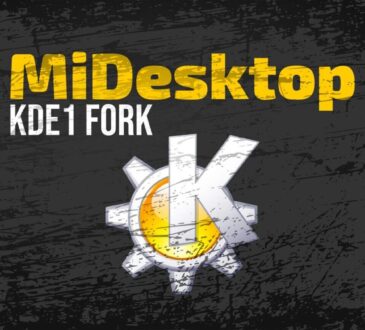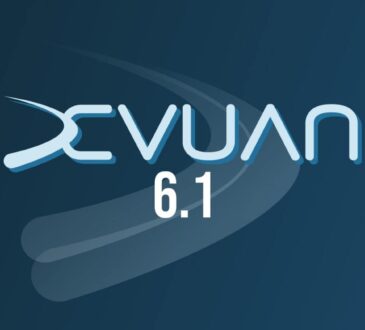
oVirt is an open-source virtualization management platform that provides enterprise-grade virtualization for data centers. Initially developed as the open-source counterpart to Red Hat Virtualization (RHV), oVirt enables administrators to deploy, manage, and scale a range of virtualized environments, making it a versatile option for businesses seeking a cost-effective yet powerful alternative to proprietary solutions. This guide will cover the key features, architecture, benefits, deployment methods, and best-use cases of oVirt.
What is oVirt?
oVirt is an open-source virtualization management solution built on KVM (Kernel-based Virtual Machine) technology, which allows organizations to create and manage virtual machines (VMs) efficiently. Designed with the needs of enterprise environments in mind, oVirt supports complex multi-host environments, making it suitable for businesses of various sizes, from small teams to large data centers.
Key Features of oVirt
Scalability and Multi-Host Support:
- oVirt can manage large clusters of hypervisors across multiple hosts, allowing businesses to scale resources as their needs grow.
Powerful Storage Management:
- Supports advanced storage configurations, including NFS, iSCSI, and GlusterFS, giving flexibility in terms of storage options.
- Features like Storage Domain, enabling administrators to create pools of storage that can be allocated to VMs, optimize resource usage.
High Availability (HA):
- Ensures VMs are automatically restarted on another host in case of a host failure, making oVirt ideal for critical applications.
- Configurable auto-start policies add resilience to keep VMs running during unexpected issues.
Live Migration:
- Allows VMs to move from one physical host to another without downtime, ensuring continuous availability and load balancing.
Built-In Networking Features:
- Provides software-defined networking (SDN) with features like VLAN tagging, bond interfaces, and customizable network isolation, suitable for complex environments.
Integrated Disaster Recovery Options:
- Allows for snapshots, cloning, and backup integration, helping maintain data protection across environments.
User-Friendly Web Interface:
- oVirt offers an intuitive web-based management portal, enabling admins to handle virtual machine creation, configuration, and monitoring easily.
Role-Based Access Control (RBAC):
- Admins can assign roles with different permissions, ensuring secure and organized management of resources.
API and Automation:
- oVirt includes RESTful APIs and scripting support for automation, integrating seamlessly with DevOps tools for streamlined deployment and management.
oVirt Architecture
The oVirt platform comprises three main components:
oVirt Engine:
- The control center for managing oVirt environments, it hosts the web-based management interface and API endpoints.
oVirt Nodes:
- Physical or virtual hosts where VMs run, based on the KVM hypervisor, providing the underlying infrastructure for VM deployment and management.
Storage Domains:
- Storage resources where VM data, snapshots, and images are stored. Storage can be attached locally or shared, supporting both file and block storage.
oVirt’s architecture is designed for flexibility, enabling organizations to tailor it to fit their infrastructure and scalability needs.
Benefits of oVirt
Open-Source and Cost-Effective: Since oVirt is open-source, it eliminates licensing costs and provides a cost-effective virtualization solution for enterprises.
Enterprise-Grade Virtualization: Capable of managing complex and large-scale virtualized environments, comparable to many proprietary platforms.
Wide Storage and Networking Compatibility: Supports a range of storage solutions and advanced networking features, providing versatile infrastructure options.
ase of Management: The centralized management portal simplifies VM lifecycle management, including monitoring, scaling, and maintenance tasks.
Community Support and Documentation: Backed by a strong community and detailed documentation, it’s accessible for users at different expertise levels.
Pros and Cons of oVirt
Pros
- Free and Open-Source: Provides enterprise-grade virtualization without licensing fees.
- Scalability: Can manage extensive clusters and complex environments.
- Flexible Storage Options: Supports multiple types of storage, enabling tailored configurations.
- Robust Networking: Built-in SDN features make it suitable for complex network setups.
Cons
- Limited Support for Windows Guests: Better suited for Linux environments, though it does support Windows.
- Higher Learning Curve: Initial setup and configuration can be complex for new users.
- Community Support: While it has strong community backing, support may be limited compared to commercial solutions.






Thanks for posting. I really enjoyed reading it, especially because it addressed my problem. It helped me a lot and I hope it will help others too.